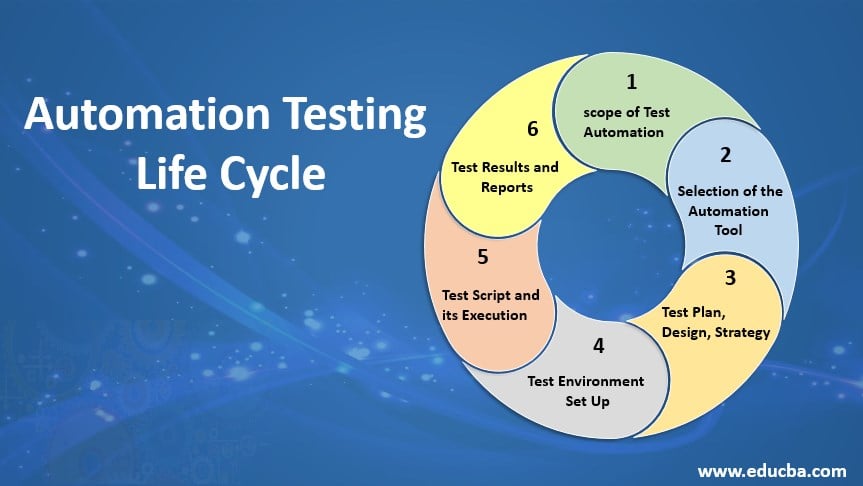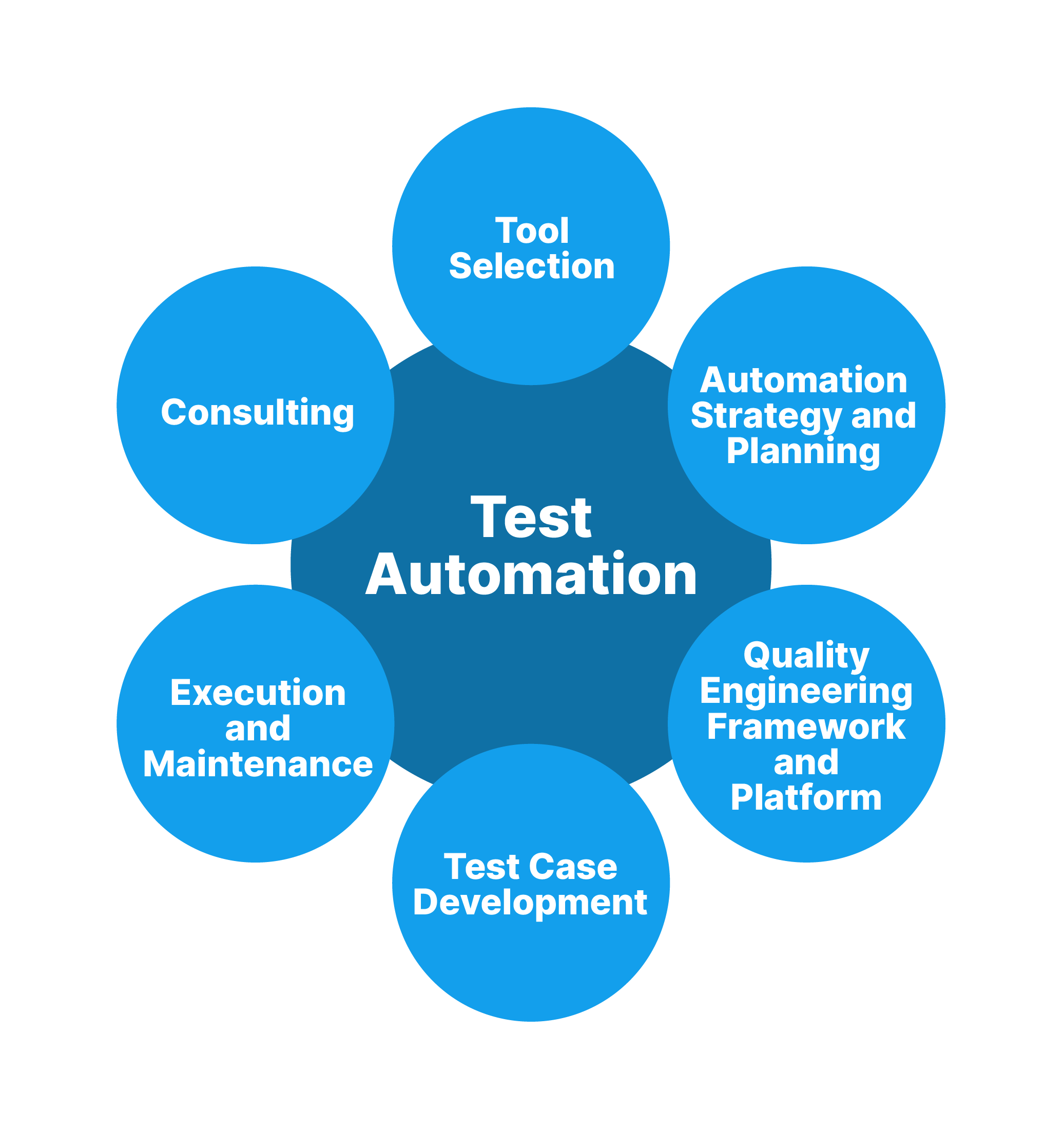Opening the Power of Automation Examining: Best Practices, Tools, and Methods to Improve Your Screening Refine
Automation testing has come to be a foundation in modern-day software advancement methods, using a myriad of advantages such as boosted efficiency, faster time-to-market, and boosted overall quality. The true capacity of automation screening lies not simply in its implementation but in the strategic technique taken in the direction of its execution. By utilizing best methods, utilizing the right devices, and establishing streamlined strategies, organizations can open a world of possibilities in their testing processes. The path to taking advantage of the power of automation testing is led with insights and methods that can revolutionize exactly how software is examined and delivered.
Value of Automation Examining
Automation screening plays an essential role in modern-day software growth by improving performance, reducing human mistake, and guaranteeing the high quality of software. Executing automation screening enables the implementation of repeated examination cases, regression testing, and performance testing in a more trusted and efficient way. By automating these processes, software program development teams can save time and resources that would or else be invested in manual screening.
In addition, automation screening substantially reduces the possibility of human error, as the examinations are carried out constantly and specifically each time they are carried out. This uniformity brings about much more trustworthy results and aids recognize issues early in the growth process. Furthermore, automation screening promotes constant assimilation and constant distribution practices by giving quick feedback on the quality of the software.
Finest Practices for Automation Screening
Effectively implementing automated testing techniques can substantially improve the total high quality and integrity of software. To make sure effective automation screening, it is critical to follow ideal methods that enhance the screening process and optimize its efficiency.
To start with, it is vital to thoroughly intend and plan the automation approach. This involves recognizing the appropriate examination cases for automation, developing clear goals, and establishing realistic assumptions. Focusing on examinations based on critical capabilities and prospective influence on the software is key to enhancing automation efforts.
Secondly, keeping a scalable and durable test automation structure is vital for long-term success (automation testing). Making use of reusable and modular test scripts, carrying out proper variation control, and routinely upgrading test cases to show changes in the software program are basic aspects of a sustainable automation technique
Additionally, including continual combination practices right into the automation procedure aids in finding problems early and making sure seamless partnership amongst employee. By sticking to these ideal methods, companies can leverage automation testing to accomplish higher effectiveness, boosted software high quality, and faster time-to-market.
Crucial Tools for Automation Checking
Having developed a solid foundation with best practices for automation testing, the next essential action is to identify and utilize the crucial devices necessary for effective test automation. These tools play a crucial role in streamlining the screening process, increasing performance, and making sure the high quality of software application applications.

For effective examination administration and collaboration, tools like Jira, TestRail, or HP ALM can help in arranging examination cases, tracking flaws, and promoting communication amongst employee. Furthermore, performance testing tools like JMeter or LoadRunner are important for assessing the scalability and security of applications under differing lots conditions. By leveraging these crucial devices, companies can enhance their automation testing capacities and achieve faster time-to-market with top notch software application items.
Strategies for Simplifying Evaluating Process
To enhance the screening procedure and improve overall efficiency, critical preparation and careful implementation are vital in attaining structured screening operations (automation testing). One reliable strategy for simplifying the screening process is to prioritize examination situations based on their influence and regularity of use. By concentrating on high-impact test cases that cover important performances and are regularly utilized by end-users, groups can designate resources more successfully and ensure that the most crucial aspects of the application are thoroughly checked
Furthermore, carrying out a risk-based testing approach can help improve the screening procedure by focusing on and determining test circumstances based upon possible dangers to the application. By analyzing the impact and chance of different threats, screening efforts can be directed towards locations of the application that are most prone to failure, therefore maximizing the effectiveness of the screening process.
In addition, establishing clear communication channels and collaboration between cross-functional groups can promote the sharing of info, needs, and responses, bring about an extra structured and coordinated testing process. By fostering a society of openness and collaboration, teams can interact more effectively towards achieving usual screening objectives and objectives.
Making Best Use Of Performance With Automation

Working together very closely with development groups to incorporate computerized testing right into the constant integration/continuous implementation (CI/CD) pipe can simplify the testing process and assist in faster comments loops for quicker issue resolution. By leveraging automation effectively, testing groups can significantly improve efficiency and supply top quality software options efficiently.
Conclusion
In verdict, automation screening plays a vital function in enhancing the testing process, enhancing performance, and making certain the quality of software application applications. By executing ideal practices, using essential devices, and planning to optimize efficiency, organizations can open the power of automation testing. It is important to focus on automation testing in software program development to attain faster delivery, better products, and total success in the digital landscape.
Implementing automation testing enables for the implementation of repeated test instances, regression screening, and performance screening in a more efficient and trustworthy way.To enhance the screening procedure and improve total effectiveness, critical planning and precise execution are vital in achieving structured testing procedures.Building upon the structure of tactical planning and careful execution in improving the testing procedure, the next crucial emphasis is on taking advantage of automation to maximize screening performance. Working together very closely with development teams to incorporate automatic screening into the constant integration/continuous implementation (CI/CD) pipe can enhance the testing procedure and help with faster comments loops for quicker concern resolution.In conclusion, automation screening plays a vital role in click for info simplifying the testing procedure, boosting efficiency, and ensuring the top quality of software application applications.